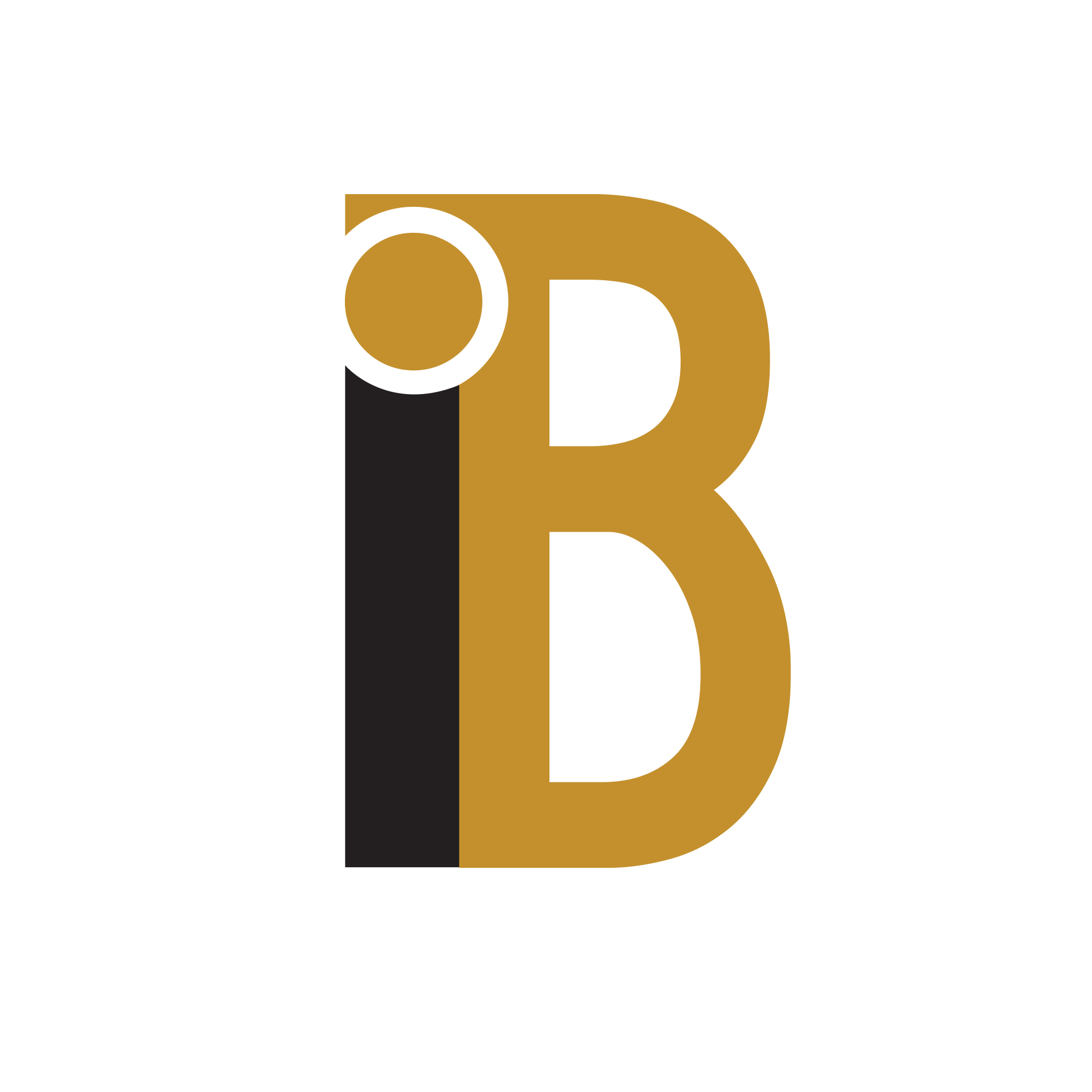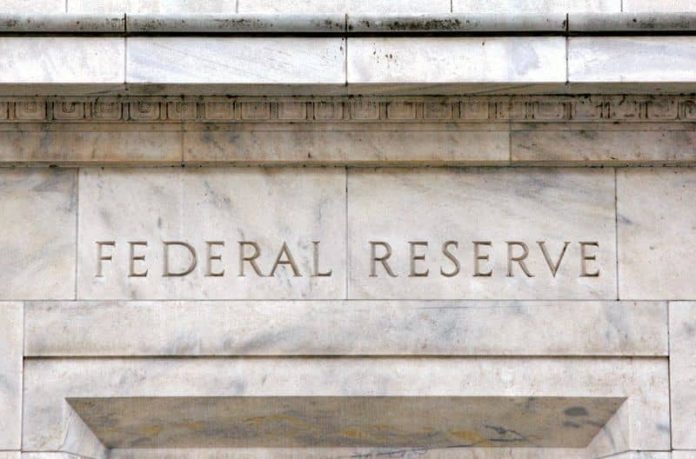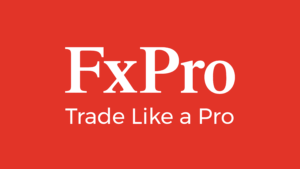By Davide Barbuscia
NEW YORK (Reuters) -A hawkish tilt from Federal Reserve Chair Jerome Powell hasn’t been enough to convince some investors that the central bank is unlikely to hold U.S. interest rates at elevated levels for much longer.
Testifying to U.S. lawmakers, Powell on Wednesday said the Fed had a “long way to go” in bringing down inflation to its 2% target and suggested the central bank may need to raise rates twice more this year – a message he also delivered at last week’s monetary policy meeting.
Powell’s comments did little to sway investors in futures markets tied to the Fed’s policy rate, which on Wednesday reflected bets for only one additional rate increase this year, followed by cuts in January. The Fed’s projections, by contrast, imply 100 basis points of rate cuts from a peak of 5.6% by the end of 2024.
“The market generally holds the view that the economy is set to slow, that the recessionary conditions that the consensus expects towards the end of this year and into the next will lead the Fed to ease monetary policy,” said Roger Hallam, global head of rates at Vanguard, who has been looking to add to positions in longer-term bonds.
Skeptical investors have cited a range of factors for that rationale, from the lag with which monetary policy tends to take effect to the warning emanating from some parts of the U.S. yield curve, which has been inverted over the last year and became even more so in recent days – a signal that has preceded recessions in the past.
The yield curve comparing two-year and 10-year notes was at negative 100 basis points on Wednesday – the most inverted it has been since the collapse of Silicon Valley Bank in March.
An inverted yield curve occurs when yields on shorter-dated Treasuries rise above those for longer-term ones. It suggests that while investors expect interest rates to rise in the near term, they believe higher borrowing costs will eventually hurt the economy, forcing the Fed to later ease monetary policy.
The 2/10 spread has inverted 28 times since 1900. In 22 of these instances, a recession followed, analysts at Commonwealth Financial Network said last year. The curve most recently inverted in March 2022.
Not all bond bulls necessarily believe a recession is coming. Yields on everything from Treasuries to corporate bonds are the highest they have been in over a decade, raising their allure to income-seeking investors despite the threat of more rate hikes from the Fed.
“With a steeply inverted curve we see a lot of yield and a lot of attractive opportunities in the front end,” said Steve Hooker, portfolio manager of Newfleet Asset Management. “But at the same time, we believe that the Fed are going to pivot to cutting rates at some point, even if that’s a 2024 event.”
Hooker has been adding to positions in longer-dated Treasuries and corporate bonds.
Of course, the Fed has been proven right on its projections so far this year. Expectations that the Fed would cut rates in the second half of 2023 were rapidly priced out of markets several weeks ago amid evidence that the U.S. economy remains comparatively robust in the face of the monetary policy tightening the Fed has already delivered.
Greg Peters, co-chief investment officer of PGIM Fixed Income, said inflation remained way too high to anticipate rate cuts any time soon.
“We’re not going out and adding duration here. We think it’s way too premature,” he said.




















